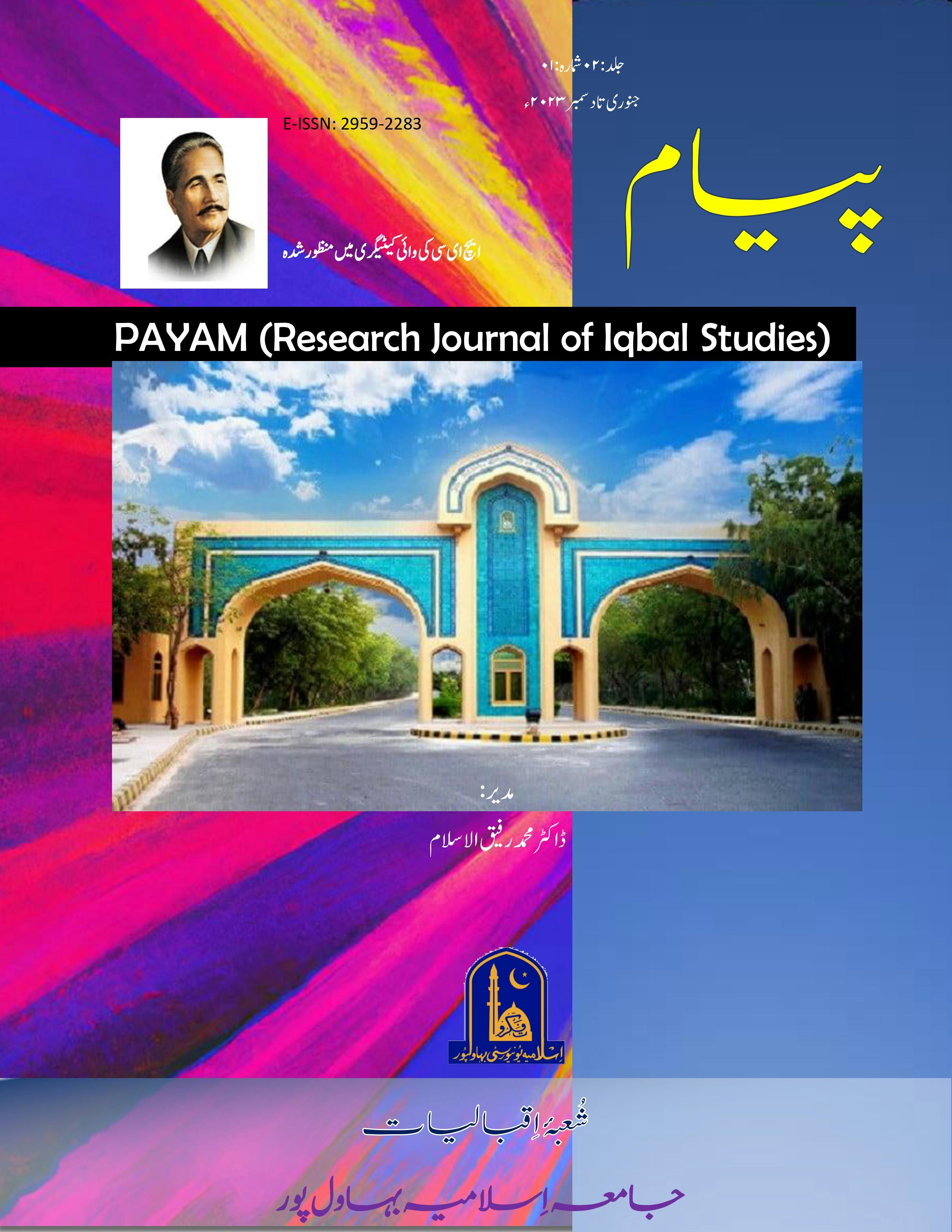پاپولر فکشن میں تصوف کی پیش کش : تنقیدی مطالعہ
Presentation of mysticism in poplur fiction
Abstract
Mysticism is an ancient term, which is not only a collection of spiritual and inner values, but also the name of sincerity and kindness in intellectual, social and cultural aspects. Mysticism is the source of the relationship between the Creator and the creatures to create the universe, which researchers and scholars have divided into the theory of unity of existence and the theory of unity of witness, respectively. Due to these ideas, Mysticism established far-reaching affirmations on Urdu language and literature. In this context Urdu and Persian poets made different topics of Mysticism (contentment, trust, negation, selfishness, coercion and authority, real knowledge of intuition) as the main theme in his poetry. Later, in Urdu prose, especially in Urdu novels, novelists made Mysticism the main and secondary theme through the dialogues of the characters. In this paper, various themes of Mysticism have been covered in these Urdu novels, which we keep in the category of popular literature or novels. These include Aleem-ul-Haq Haqqi's "Ishq Ka Sen" and Hashim Nadeem's "Khuda aur Muhabat". A study of these novels suggests that their themes are purely religious in nature and the facts of life are presented in a rich manner in the guise of Mysticism.




 PAYAM ( Research Journal of Iqbal Studies) by
PAYAM ( Research Journal of Iqbal Studies) by 